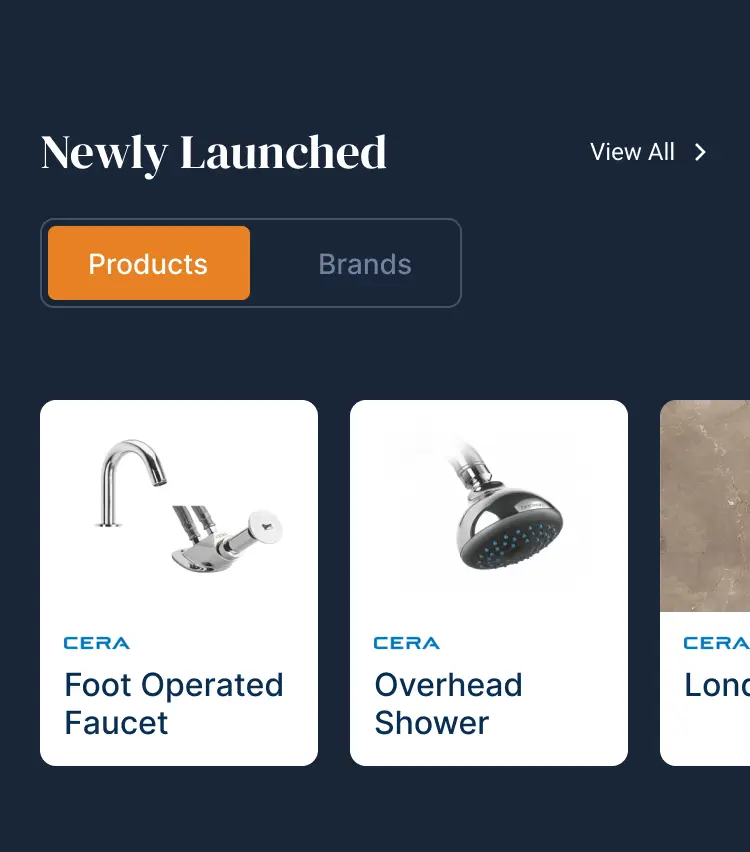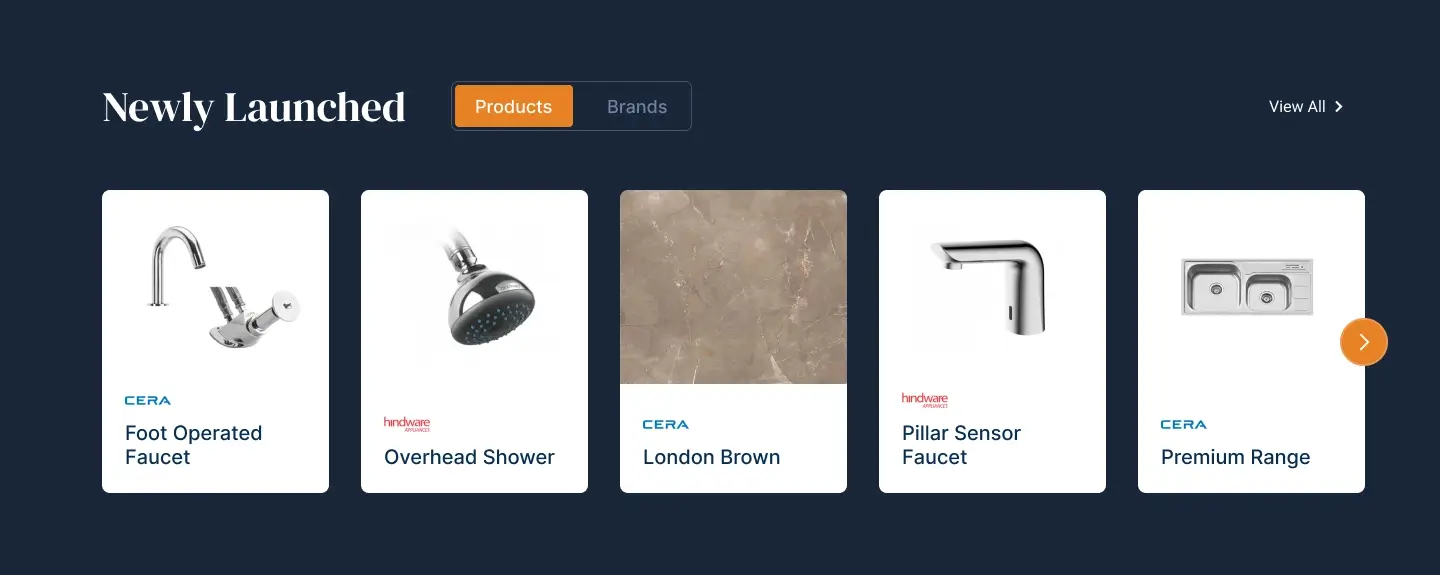
Table of Contents
Quick Summary
- Explains what pneumatic plugs are and how they work.
- Highlights benefits like leak detection, flow control, and bypassing.
- Discusses safe operation, remote use, and troubleshooting tips.
- Shows how plugs prevent costly damage and environmental risks.
- Covers uses in plumbing, sewer, and municipal infrastructure.
- Emphasizes investing in high-quality plugs to avoid failures.
- Notes new innovations like smart sensors and built-in gauges.
- Concludes that pneumatic plugs are indispensable on modern job sites
Pneumatic plugs aren’t flashy, but they sure are useful. If you’re working on plumbing, sewer, or utility jobs, they’re the kind of tool you don’t want to be without.
These pipe line plug accessories can block, test, or divert flow inside pipes, and they do it quickly and reliably.
What is a Pneumatic Plug?
Pneumatic plugs create an airtight or watertight seal inside a pipe. They can be inflated to fit a range of diameters, allowing pros to isolate sections of pipe, test for leaks, or reroute flow during repairs.
They’re commonly used in both residential and municipal jobs. If your work involves these, then you stand to benefit from having a pneumatic plug in your arsenal.
Why the Right Tools Matter
Having the correct tools on hand makes the jobs easier, safer, and more accurate. Pneumatic plugs help contractors control water flow, test systems, and contain work zones without excavation or dismantling pipes. This results in less disruption and more efficiency.
“Pneumatic plugs give you exceptional control when you’re dealing with live systems. Without that, you’re gambling with your schedule and safety,” shares a commercial plumbing foreman.
Leak Detection Without Guesswork
Targeted leak detection is one of the biggest advantages offered by pneumatic plugs. By isolating sections of pipe, technicians can identify exactly where the issue is, without the need for digging or dismantling. That saves time, labor, and property damage.
Safe Bypassing and Remote Operation
Managing water or waste flow is a significant challenge when working with large systems. With pneumatic plugs, technicians can perform controlled bypassing without shutdowns. Using remote inflation systems, workers can control the plugs from a safe distance.
The benefits are clear: pneumatic plugs keep work zones dry, they reduce exposure to risk, while speeding up complex repairs.
Rerouting Flow Made Simple
Pneumatic plugs let you stop the flow fast if you need to fix or replace a part of a line. That means fewer delays and a cleaner job site. Their strong seal and fast setup help teams stay on schedule.
Fits More Than One Pipe
One set of pneumatic plugs can handle multiple applications. This kind of flexibility cuts down on gear and boosts job site readiness.
Common Uses Include:
- Testing sewer laterals
- Blocking storm drains
- Isolating sections for repair
What Could’ve Been Prevented
Lack of pressure control leads to burst pipes, surprise sewage backups, and emergency shutdowns. With the right plug in place, much of that could’ve been avoided. Pneumatic plugs provide a fast, reliable solution before things escalate.
Beyond the Basics
Pneumatic plugs can be used in complex bypass systems, industrial wastewater management, or even to simulate loads during pipeline commissioning. They’re not just for leak tests. Simply put, these tools are essential, especially if you’re working in advanced plumbing or municipal infrastructure.
Invest Once, Save Later
Cheap plugs fail, and they often do. When they do, the result is downtime, cleanup, fines, and damage to your reputation. We won’t lie: quality pneumatic plugs cost more up front. However, the payoff is that they last longer, perform better, and reduce long-term liability.
“The plug cost me $400. The cleanup would have cost $40,000. Easy choice,” shares an infrastructure project manager.
Use With Caution: Air Pressure Matters
Did you know that both over-inflation and under-inflation can impact your pipes? The former can damage the plug or the pipe, while the latter makes it useless. To be sure, always follow the pressure chart and check compatibility with your pipe type.
A Plumber’s Day with Pneumatic Plugs
Let’s say you have to start the day isolating a sewer line. At midday, you can use a plug to reroute flow while replacing a valve. Before your shift ends, you may need to test a lateral. Throughout the day, one tool helps prevent mess, confusion, and delays.
Troubleshooting Tips
If a plug is leaking, check for debris around the seal. If it won’t inflate properly, test your hose and gauge. These small fixes can keep your project on track.
Environmental and Infrastructure Protection
Leaks and cross-contamination are real problems trenchless or pipe technicians face. They can cause environmental damage and violate code. Pneumatic plugs help prevent these issues before they start.
Looking Ahead
Modern plugs are being built with tougher materials, built-in gauges, and smart sensors. These upgrades are helping contractors track pressure and performance in real time, reducing guesswork.
Pneumatic plugs aren’t optional, especially if you work with pipelines, sewer systems, or stormwater infrastructure. These versatile pipe line plug accessories can prevent emergencies, protect crews, and keep projects moving. Make sure your team is well-equipped. Buy high-quality pneumatic plugs from a supplier who knows what they’re doing.
Also Read: How To Prevent Clogged Drains – Tips And Tricks
FAQs: Pneumatic Plugs
Q1: What are pneumatic plugs used for?
Pneumatic plugs are used to block, test, or reroute flow in pipelines, sewers, and storm water systems.
Q2: How do pneumatic plugs improve leak detection?
By isolating sections of pipe, they allow technicians to identify leaks precisely without excavation.
Q3: Can pneumatic plugs be reused across different pipe sizes?
Yes, many plugs are adjustable and fit a range of diameters, making them versatile tools.
Q4: What safety precautions should be taken with pneumatic plugs?
Always follow manufacturer pressure charts, avoid over- or under-inflation, and ensure compatibility with pipe material.
Q5: Why should I invest in high-quality pneumatic plugs?
High-quality plugs last longer, prevent costly failures, and reduce downtime, saving money in the long run.






























